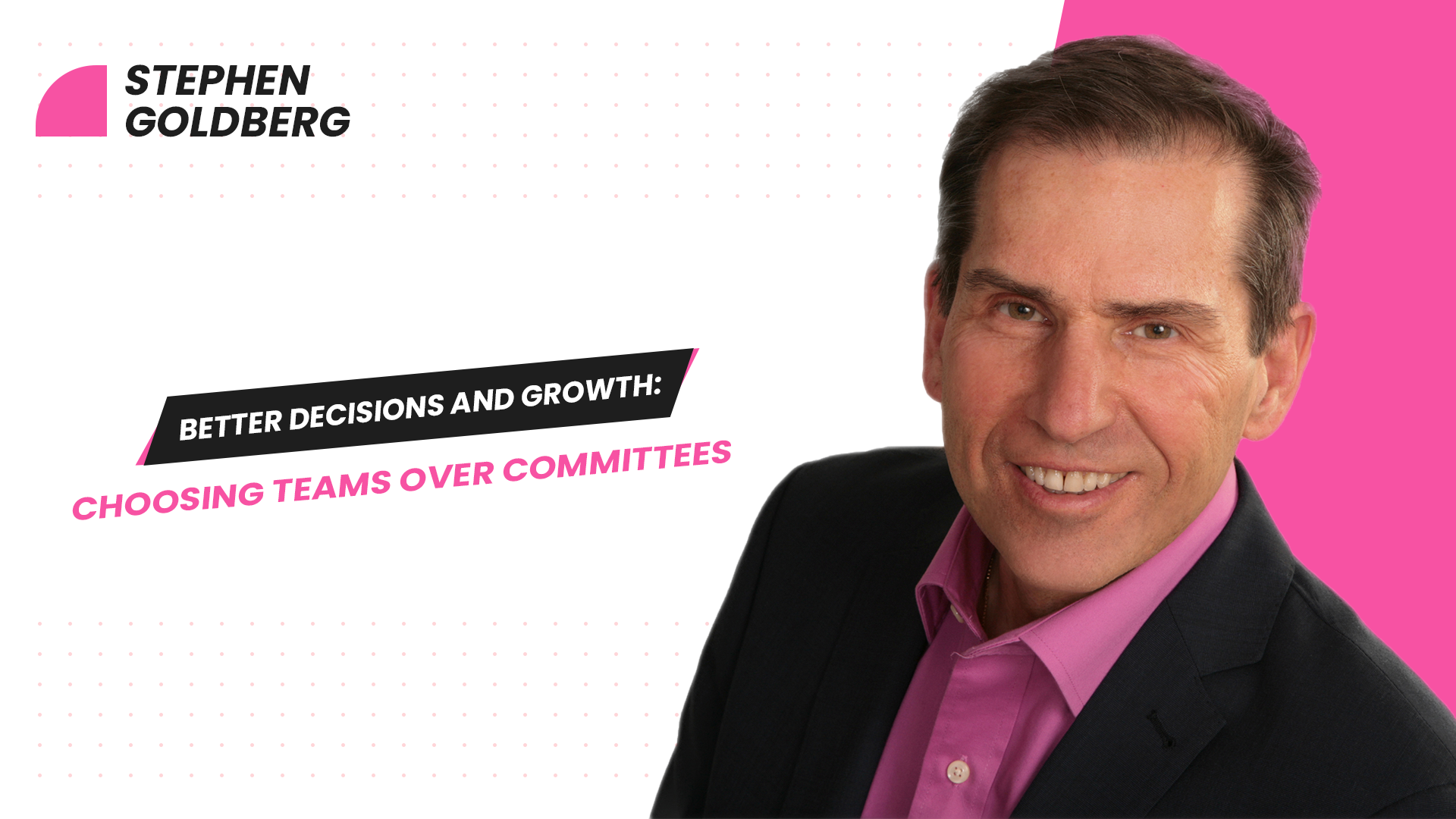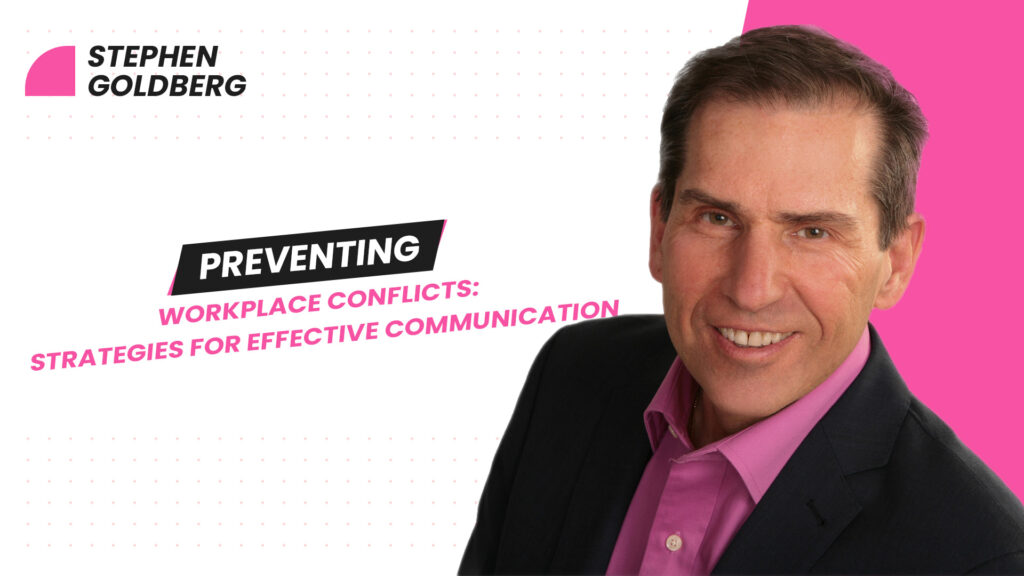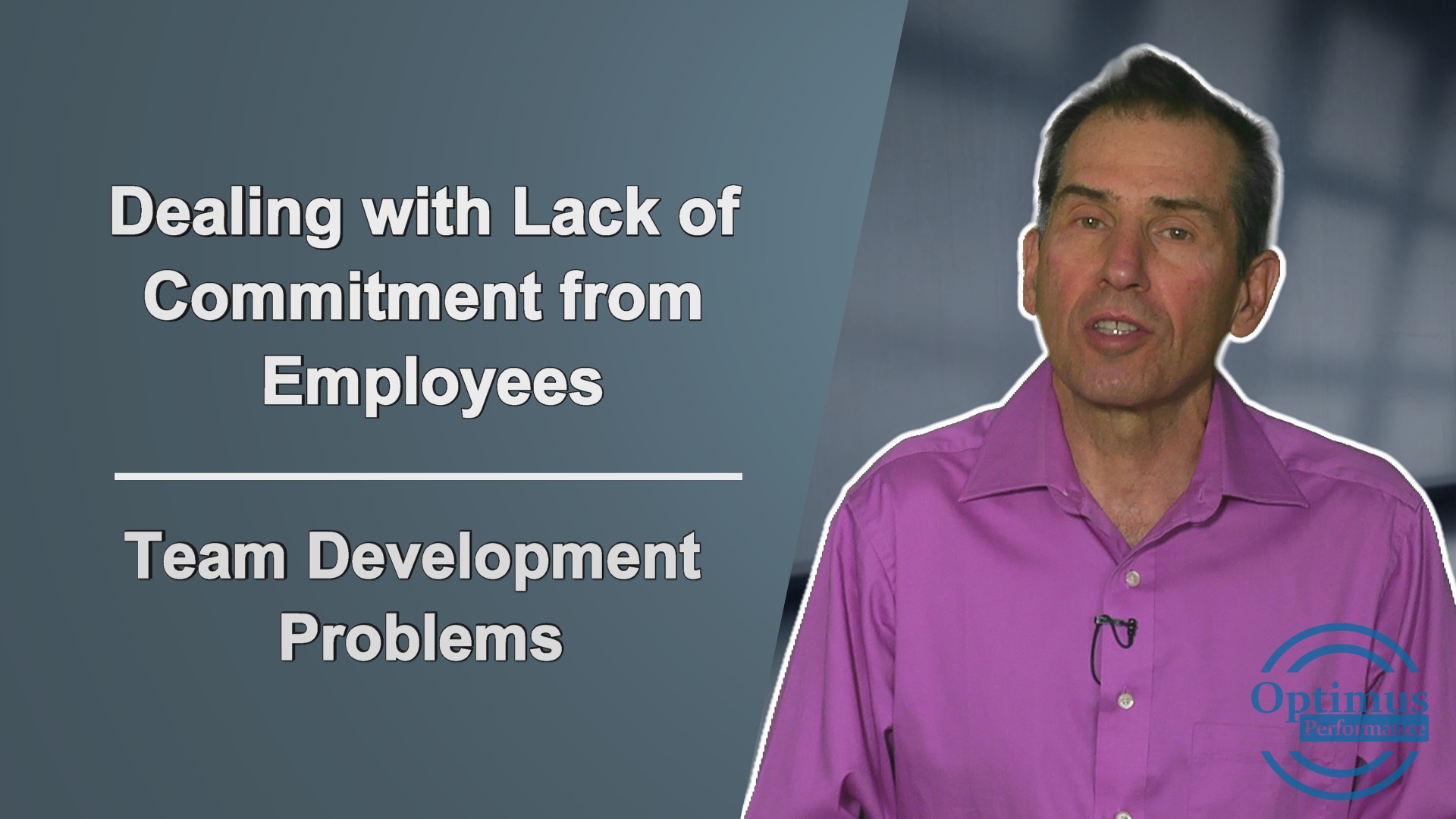
Better Decisions and Growth: Choosing Teams Over Committees
Do you want to improve your organization’s performance and innovation? Do you want to avoid using committees that can slow down, limit, and isolate your organization from achieving its full potential? If so, you may want to consider using ad hoc teams instead.
Ad hoc teams are groups of people who are formed temporarily to work on a specific problem or project. They are often cross-functional, meaning they involve people from different departments, levels, or backgrounds. They are also self-managing, meaning they have autonomy and authority to make decisions and take actions.
In this video, I will share with you my perspective on why committees are not a good idea, and how you can use ad hoc teams to drive continuous improvement in your organization.
The drawbacks of committees
Committees are groups of people who are assigned to oversee certain aspects of the organization, such as IT, HR, or finance. They are often used to make decisions or recommendations on various issues or projects.
However, committees have some drawbacks that can hinder the performance and innovation of the organization. Some of these drawbacks are:
- Committees tend to be slow and inefficient. They often have too many members, too many meetings, too many agendas, and too many opinions. This can lead to delays, conflicts, and compromises that dilute the quality and impact of the decisions.
- Committees tend to be risk-averse and conservative. They often prefer to stick to the status quo, avoid controversy, and seek consensus. This can limit the creativity and diversity of the solutions and prevent the organization from adapting to changing needs and opportunities.
- Committees tend to be detached and isolated. They often lack direct contact with the customers, the employees, or the frontline operations. This can reduce their understanding of the real problems and needs of the organization and its stakeholders.
The benefits of ad hoc teams
Ad hoc teams are groups of people who are formed temporarily to work on a specific problem or project. They are often cross-functional, meaning they involve people from different departments, levels, or backgrounds. They are also self-managing, meaning they have autonomy and authority to make decisions and take actions.
Ad hoc teams have some benefits that can enhance the effectiveness and innovation of the organization. Some of these benefits are:
- Ad hoc teams are fast and agile. They have a clear goal, a defined timeline, and a focused scope. They can quickly gather information, generate ideas, test solutions, and implement changes.
- Ad hoc teams are creative and diverse. They have a variety of perspectives, skills, and experiences. They can challenge assumptions, explore alternatives, and discover new possibilities.
- Ad hoc teams are engaged and connected. They have direct contact with the customers.
Conclusion
Using ad hoc teams instead of committees can help you improve your organization’s performance and innovation. Ad hoc teams can leverage the creativity, diversity, engagement, and connection of people across the organization. By using ad hoc teams for continuous improvement projects, you can improve your products, processes, and performance, and ultimately deliver more value to your customers.



